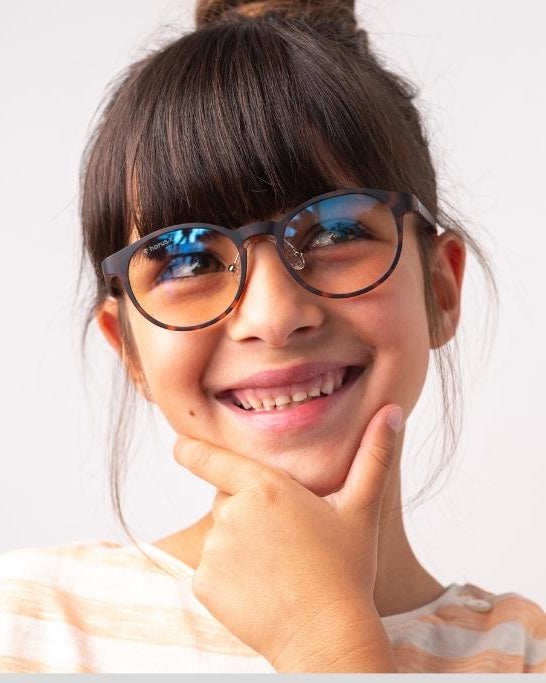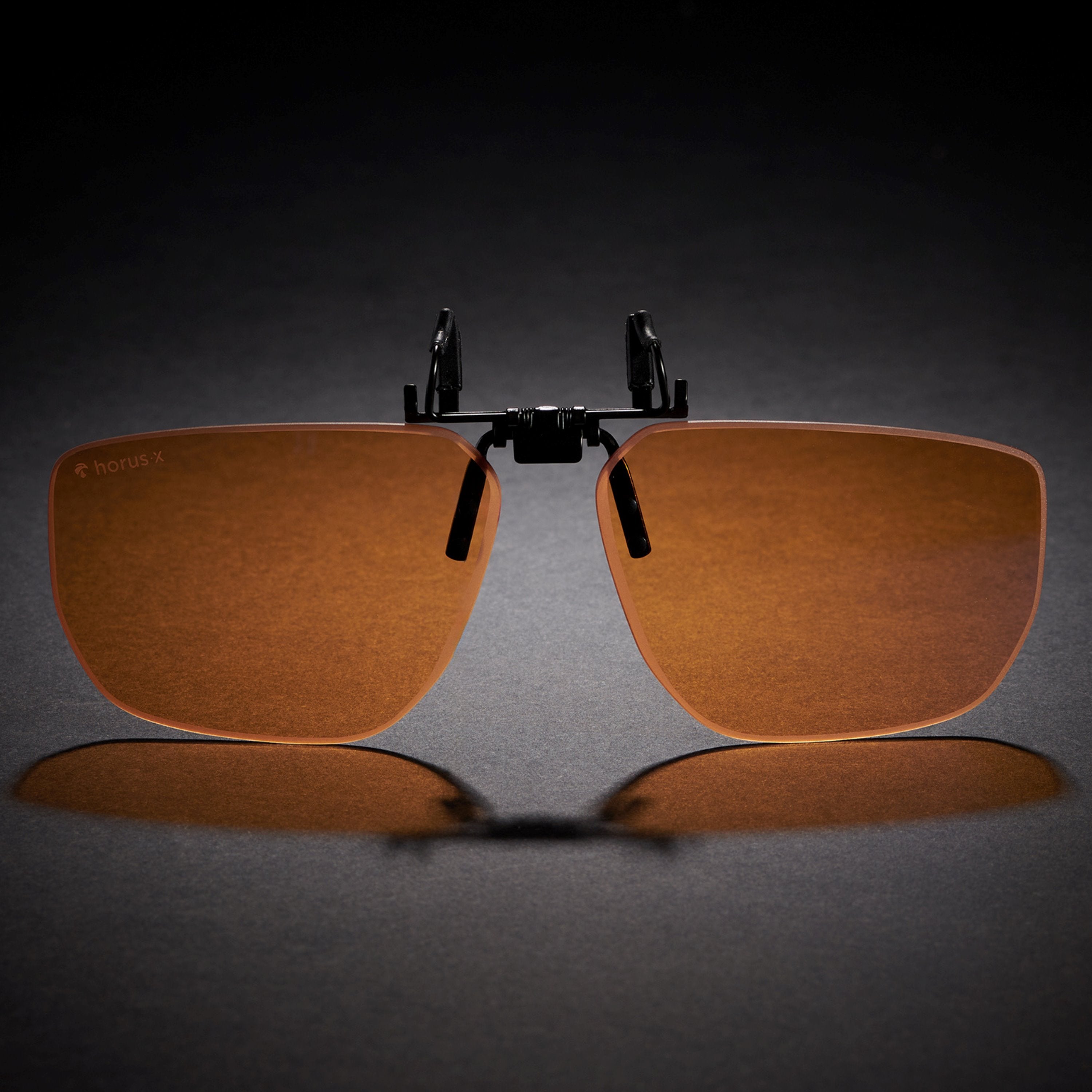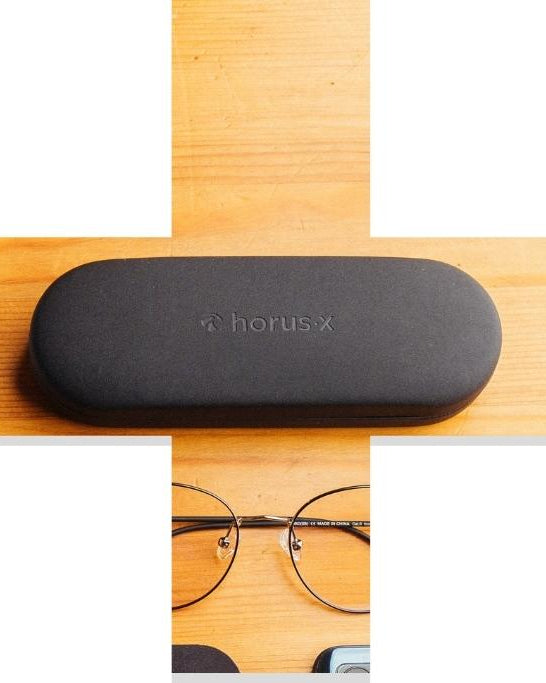There is no debate: sunglasses are essential to protect our eyes. To choose them well, you must understand how they work and their different characteristics. In this ultimate guide, we have compiled the essential elements to take into account when choosing the pair of sunglasses that suits you!
In this article
- Choice of glasses
- Choice of frame
- Budget
- Essential tips
Step 1: The selection of glasses

This is the most important criterion of sunglasses, because it is precisely what will protect you against our dear furious star. Protection index, type, treatment and color of lenses, let's see how to choose!
-
Choose the right category of protection
We neglect it far too often, because we always tend to think, wrongly, that the darker the glasses, the better they protect against the sun's rays. In reality, real sunglasses must comply with the CE standard (European legislation NF EN ISO 12312-1: 2022 ), which in addition to guaranteeing 100% sun protection from UV rays, requires them to be affixed with an index protection (or category) of luminosity ranging from 0 to 4 and making it possible to reduce glare.
Which protection index to choose?
-
☁️ Index 0 : 0 to 20% protection: Offers very little or no light filtration, and is mainly used for aesthetic purposes or for protective glasses (safety, anti blue light...).
-
⛅️ Index 1 : 20 to 57% protection: Suitable for people with sensitive eyes in overcast weather and offers rather light protection, they may be suitable for mid-season.
-
☀️ Index 2 : 57 to 82% protection. Standard protection and suitable for most situations but probably not enough in summer, for skiing or the beach.
-
➡️ 🌞 Index 3 : 82 to 92% protection. This is probably the best clue for a classic use of your sunglasses , because they block a maximum of light without impacting your vision. With this, you can go skiing and to the beach without any worries!
-
🏔 Index 4 : 92 to 97% protection. This category is particularly effective but more suited to mountaineering than anything else. For example, you are not allowed to wear these glasses when driving.
In short, even if the index 0 and 1 fall into the categories of sunglasses, we recommend that you choose glasses with a protection index between 2 (at least) and 3 (ideally).
👉 The choice of sunglass lens index is based on the amount of light filtered rather than UV filtering, which should be 100% regardless of category. In general, the higher the category, the more light is filtered, helping to reduce glare from sunlight.
See our full guide to solar categories.
-
Choose the right type of glass
So there, we bet you couldn't tell the difference between mineral, organic and polycarbonate glass! However, these three are not at all the same, the proof:
Mineral glass ( natural )
Made of sand and a chemical mixture, it is almost no longer sold on the market (adios!), because it is very heavy and resists shocks really badly. Its main advantage is that it resists scratches and has superior optical comfort. It only provides 85% UV protection.
Organic glass (resin)
Made from synthetic materials, organic glass (CR39 for example), is lighter and more impact resistant than mineral glass but remains quite heavy. On the other hand, on the contrary, it is more prone to scratches. It only provides 95% UV protection.
➡️ Polycarbonate glass
So he's the big boss of sunglasses lenses. First, it is super light. Second, it is mega resistant. What superlatives! And finally, the most important, it can filter 100% of UVs! It is a little more sensitive to scratches but this can be remedied with a good anti-scratch.
👉 The Horus X recce : our preference is for polycarbonate, ideal against UV which is the most versatile type of glass.
-
What characteristics of the lenses?
There are many more glass treatments than you might imagine. To choose well, we have made a small selection of those that are useful, while throwing in the trash those that are pure marketing and cost the skin of the buttocks.
🛡 Anti-trace, anti-scratch, anti-fog
Anti-fingerprint, anti-scratch and anti-fog lenses are not essential, of course, but can be practical if you don't want to worry about it and enjoy maximum comfort.
🔵 Anti blue light
Who said sunglasses can't have a blue light filter? If you like to work on your computer outside (in digital nomad mode), the combination of UV and blue light protection is ideal! At Horus X, we take things seriously and offer our sunglasses equipped with our Darkmatter 96+ technology, which filters out 100% of UV rays and (hold on tight) 96% of harmful blue light !
☀️ Photochromic (tints with UVs)
Photochromic lenses are perfect if you also wear glasses. Thanks to photochromy, your lenses will darken in the sun and become transparent again indoors. The only problem: the UV passes through the clouds. So you can find yourself with sunglasses in the middle of November, in the middle of the gray weather. Reverse problem in the car, your windshield blocks UV and suddenly your glasses do not tint.
✨ Polarized lenses
Polarized lenses (or polarized , it's the same thing) allow you not to be dazzled by the reflection of the sun's rays, whether on the water aboard your Yacht, on the snow in the mountains, the beach on the sand or simply to protect you from the reflections of the sun on the windshields, traffic signs, windows/shop windows. Be careful because they are not always suitable for screens.
-
What color sunglasses
If you think that the color of the glasses has only an aesthetic function, you stick your finger in the glasses. The different colors can help create a contrast with other colors to make them more visible. They can also block colors to help put things in a particular perspective. There are millions of possible variations but here are the main ones.
🌚 Gray
The most classic because it is the one that distorts the colors the least. Allows you to restore the most authentic visual experience possible. If you don't know what to choose, this is the easiest solution.
👉 Recommended for all situations
🟤 Brown
A very good color for blocking light well while increasing contrast and depth perception by filtering out blue light. Perfectly suited for outdoor activities in strong light.
👉 Outdoor shooting, golf, outdoor work
🟡 Yellow
Yellow lenses are ideal for people who spend a lot of time quickly shifting their attention from one object to another. They block out most blue light and provide crisp vision in foggy or low-light environments.
👉 Night driving, gaming, piloting, baseball, indoor shooting
🟢 Green
These glasses combine the functions of gray and brown glasses. They offer better color perception than brown lenses and higher contrast than gray lenses.
Perfect for everyday wear, they reduce glare while making shadows more evident. Green lenses are a great all-around choice because they provide clear, comfortable vision, rain or shine.
👉 Recommended for all situations
🔴 Red
Red-pink hues greatly increase contrast on overcast or foggy days. They also offer excellent depth perception and better visibility while driving. They also help reduce eye strain by blocking out some blue light.
👉 Winter sports, water sports
🔵 Blue
Blue or purple lenses are a popular choice among the cutest among you. Beyond the pronounced style they confer, these lenses help reduce glare in rainy and snowy conditions. They also enhance contours and improve color perception.
👉 golf, skiing
🪞 Mirror effects / REVO
You have probably seen it often, certain technologies allow you to apply a mirror effect to your lenses, including Revo technology.
Once again there are lots of different colors (I won't go back to the effect of its colors which will be the same as what I mentioned above), the main effect being to cut even more brightness and therefore to protect even better the eye of the sun's rays while adding a cool effect.
There are also different levels of quality so be careful:
- Good : uniform mirror effect
- Not good : rainbow effect which shows a bad distribution of the treatment
Step 2: Frame selection

The choice of frame is very important: on the one hand it is in your interest to select resistant and light materials, and on the other hand you should pay attention to the shape of the frame so as not to pass for a bell.
The materials
✅ Acetate
A fairly natural material, acetate is frequently used, in particular because it is very resistant and allows many finishes (gloss, matte, brushed, etc.). Also, if you are allergic to dust, know that this material is hypoallergenic. On the other hand, black point, users of acetate glasses deplore the fact that they slip frequently (and that's really not cool) and that they are a little heavier. An interesting point nevertheless, the acetate can be heated to modify the shape to adapt it to your face (that's why it is often found for glasses).
✅ Polycarbonate
Polycarbonate combines the positive points: unbreakable, very light, recyclable and cheap! In short, the winning combo for athletes and all those who like to combine comfort and savings. Luckily, the Urban Sun and the One Sun, our anti-blue light sunglasses, are made of polycarbonate. On good terms!
✅ Metal
Metal frames can bring a sometimes refined, more premium style. Depending on the metal they can twist and be super heavy, and are not always great for allergy sufferers. Like what, nothing and no one is perfect!
✅ Titanium
They are not only hypoallergenic but also very light and thin. They are highly sought after in optics, especially to create discreet glasses that you forget when you wear them.
✅ Eco
There are also frames made of eco-responsible materials (wood, recycled plastic, grape seeds or even recycled oysters...). Although still rare and slightly more expensive on average, they have many advantages: natural materials in contact with your skin, gesture for the planet, lightness, hypoallergenic in many cases... All beneficial.
The form
Here, you will have to choose the shape of your frame according to that of your head! Indeed, not all frame shapes suit all head shapes. Here are our expert tips:
-
⚪ Round face : you can choose to structure the face by choosing a square or rectangular frame.
-
🏉 Oval Face: All shapes go well with an oval face.
-
⬛ Square face: oval frames are good for rounding off the corners.
-
⬛⬛ Rectangular face: rounded glasses make it possible to break the angles a little
-
🔺 Triangular face: we try to mark the temples to balance the face.
-
🔻 Inverted triangular face: frames stretched downwards to rebalance.
-
♦️ Diamond face: oval glasses are great for highlighting your cheekbones.
Afterwards, you do what you want, it's just advice, fashion is still a bit superficial so have fun! Anyway, you can find even more detailed advice here ==> frame shape according to your face shape here .
Note on lowbridge / asian fit: for those who have a low bridge of the nose, a round or wide face and high cheekbones, you will have to choose a pair of glasses specially made to adapt to your morphology (article soon).
The size
Admittedly, a wise man once said “it's not just the size that counts”, but in this specific case, it still matters a little. Whether choosing the size of the frame or that of the lenses, you have to be rigorous (especially when you buy online!).
🏬 Live test
If you're in the store, to find out if your sunglasses suit you well, all you have to do is perform a simple test:
Place your sunglasses close to your face, on the bridge of your nose, then shake your head from side to side like an angry Labrador just coming out of the river. If it holds, then it's won!
Well on top of that, check that your eyes are well covered, rather than the frame is comfortable.
🧑💻 Online test
If you shop online, you can note the measurements given by the manufacturer to then compare to a pair that you have already worn for example. The seller generally fills in three figures, which correspond respectively to the diagonal of the lens, the length of the bridge and that of the temple, in millimetres.
Step 3: The budget

The budget does not always define the quality of a pair of sunglasses, however we will give you some price indications so that you do not get fooled.
low end sunglasses
It is possible to find sunglasses for less than 3 € on the internet (yes yes!), but they do not protect anything, are made of very poor quality plastic and scratch very easily (total what). We therefore expressly advise you not to buy any, even if it means not buying anything at all.
You will have the impression of being falsely protected and you risk destroying your retina.
Quality sunglasses
Good quality sunglasses have a price that starts at 40 € and can exceed 300 €. However, the pure performance of a pair will not exceed €80.
So why are there such excessively priced pairs? Well, quite simply because some frames are branded, made of rare materials... Which gives them an unnecessary additional cost.
Between 40 and 80 €, the price difference is made on all the elements that we mentioned above, such as the treatment, the materials used or the protection index.
👉Test sunglasses with a little something extra from Horus X
Of course, we are talking about prices for sunglasses without correction, because this factor cannot be estimated instead of your ophthalmologist!
The final word: choose your sunglasses
Not just a fashion accessory, sunglasses are essential for the health of your eyes. The criteria are simple:
-
Choose your sunglasses with a perfect UV filter and a category high enough to protect you from glare.
-
Choose the right frame, adapted to your face, neither too big nor too small and comfortable behind the ears.
In short, sunglasses are easy to choose when you know what you want. Are you a skier and your head is round? You will need square or rectangular index 3 glasses with polarized polycarbonate lenses and a frame of the same material. Are you used to working on your computer outside and your head is rectangular? Favor round polycarbonate glasses with an anti-blue light treatment, like the vintage Urban Sun sunglasses for example. That's it, all you have to do is choose the right criteria in this guide thanks to our advice, in order to buy THE ideal pair of sunglasses for you.
PS : don't forget that caring for your glasses (see our guide on how to clean sunglasses) and protection during transport is super important. Better a good bezel that you take care of at 50 euros than a bezel worth 200 bullets that you put loose in your purse!
















